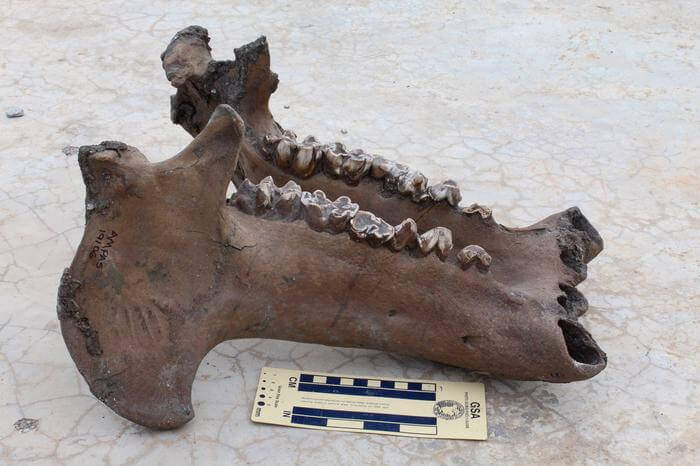Research from the University of Cincinnati suggests that Madagascar’s grasslands were a recent human-induced change, rather than a natural habitat for the island’s extinct dwarf hippos.
In a recent discovery, researchers at the University of Cincinnati have found that the extinct dwarf hippos that once inhabited Madagascar preferred living in forests rather than the open grasslands favored by their common hippo counterparts on the African mainland.
The findings indicate that the grasslands, which now dominate much of the massive island off the coast of southern Africa, were likely a relatively recent human-made transformation rather than a natural habitat sustained in part by these large herbivores. The study was published in the journal Plants, People, Planet.
When Madagascar separated from Africa’s mainland 150 million years ago, its plants and animals evolved in isolation in the Indian Ocean. While the island lacked elephants, giraffes, and other large mammals found on the mainland today, it was home to hippos.
The dwarf or Malagasy hippo, roughly the size of a cow, was significantly smaller than its four-ton cousin, the common hippopotamus. Nevertheless, the Malagasy hippo ranked among the largest land animals on the island, alongside the Nile crocodile and the flightless elephant bird.
According to Brooke Crowley, lead author of the study and a professor of geosciences and anthropology at UC, the Malagasy dwarf hippos likely resembled the secretive and endangered pygmy hippos found in the forests and swamps of West Africa’s Liberia and Guinea. “Ecologically, we think the Malagasy dwarf hippos were pretty close to the pygmy hippos that live in forests in West Africa,” said Crowley.
The researchers conducted an isotopic analysis of stable carbon and nitrogen in the bones of extinct Malagasy dwarf hippos that roamed the island over 1,000 years ago. This analysis provided insight into the animals’ preferred habitats by leaving behind a signature of the foods they consumed.
By examining samples from both museum specimens and bones collected on the island, the team found that the dwarf hippos did not regularly graze on grass in dry, open habitats, even in areas currently dominated by grasslands. Instead, they preferred plants found in wetter, more forested landscapes. This suggests that forests were more abundant before human activities such as land cultivation, domesticated animal grazing, and wood harvesting altered the landscape.
In contrast to their common hippo counterparts on the mainland, who primarily feed on grass, the Malagasy dwarf hippos had a diet consisting of sedges and leaves. This behavior indicates that hippos likely had minimal influence on maintaining or expanding grasslands on the island.
Laurie Godfrey, a study co-author and professor emerita at the University of Massachusetts Amherst, noted that evidence suggests humans played a role in the extinction of hippos on the island. The establishment of permanent communities and the transition from hunting and gathering to pastoralism likely coincided with the extinction event. This idea, known as the “Subsistence Shift Hypothesis,” builds upon the work of archaeologist Robert Dewar.
The researchers believe that restoring native forests is crucial for wildlife conservation on the island. Based on their study, expansive grasslands did not serve as critical habitats for the island’s hippos.
While some argue that grasslands are ancient and need protection, Crowley emphasizes the importance of forests. She explains, “We are not contending that grasses did not exist in the past, but pointing out that there is no evidence for large grasslands devoid of trees prior to about 1,000 years ago.”
The study concludes by highlighting the urgent need for new conservation actions to address Madagascar’s biodiversity crisis. The research was supported by grants from the National Science Foundation, the African Regional Research Program Fulbright, and the National Geographic Society.


